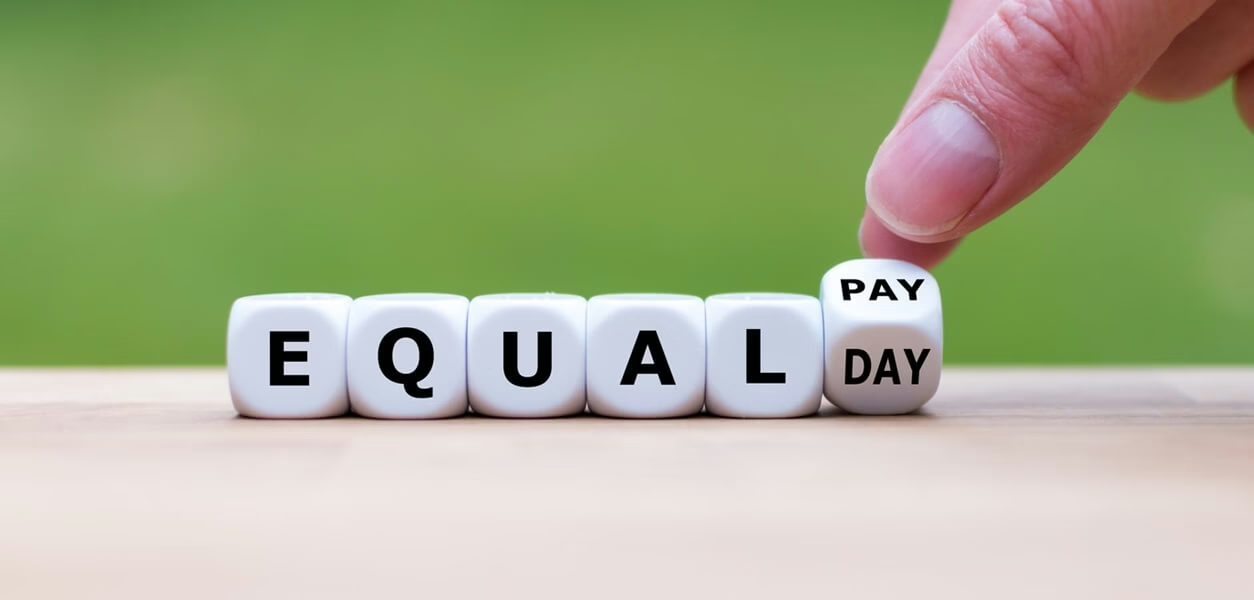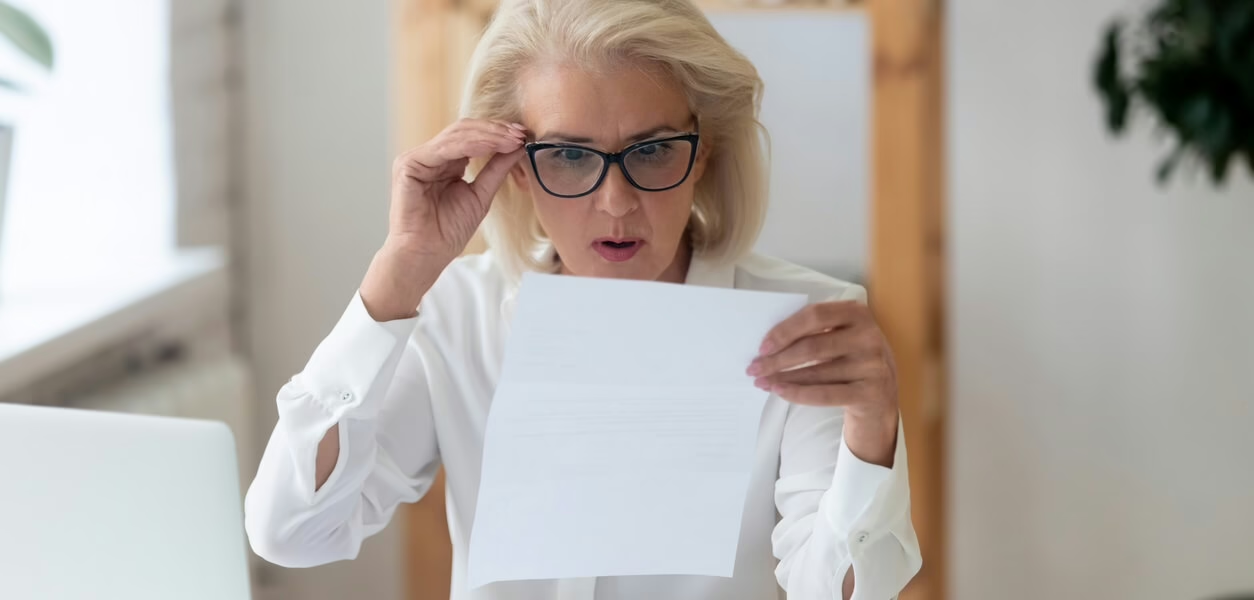By Dr Deborah Ralston*
The 2020 Retirement Income Review examined the three pillars of the Australian retirement system – the age pension, compulsory superannuation and voluntary savings – and concluded that:
The home is the most important component of voluntary savings and is an important factor influencing retirement outcomes and how people feel about retirement. Homeowners have lower housing costs and an asset that can be drawn on in retirement.
At present, about 80 per cent of retirees are homeowners. This is a particularly high rate of homeownership by international standards that not only benefits individuals but the wider economy. Homeownership lowers age pensioners’ living expenses and means that the system is very cost effective for Australian taxpayers.
As housing is exempt from the age pension assets test and capital gains tax, for many it is a preferred form of retirement savings. At present, most Australian retirees have saved 3-4 times as much in their home equity as in superannuation. Indeed, around 15% of age pensioners live in homes valued at more than $1 million, although the vast majority of these are in Sydney or Melbourne. Many retirees in this situation may be termed “asset rich and income poor”.
Yet many older Australians thinking to access equity on their homes, have concerns as the family home is more than a store of wealth but it is also of huge personal and psychological importance. For many, it may also be the most important asset they may leave as a bequest. It is worth doing your homework to ensure you have the right product for your purposes.
What products are available?
There are several different products to help access equity in the home.
Reverse Mortgages
Private sector reverse mortgages offer the choice of income stream, line of credit, lump sum, or a combination of these. A lump sum could be used for purposes such as paying out a mortgage at retirement, covering the cost of large expenses such as home renovations, assisting younger members of the family with a home deposit or education expenses, or providing additional resources for in-home or residential aged care.
The Pension Loans Scheme (PLS)
The PLS is effectively a government provided reverse mortgage for age pensioners and self-funded retirees, designed to supplement retirement income up to 1 ½ times the maximum age pension per fortnight. There are no regular repayments through the life of the loan, and income from the scheme is not assessable in the Age Pension means test. Since the last Federal Budget, it has become possible to access a limited lump sum advance under PLS, equivalent to $10,000 for a single retiree and $18,000 for a couple per annum.
Home reversion
Home Reversion is a property transaction rather than a loan, where you agree to sell a portion of your property to a provider or investor in return for a lump sum payment. Any future growth in property value is shared, based on the percentages of ownership. The home reversion provider pays a ‘discounted’ amount for the share of equity, which can be much lower than the current market value. For example, you could sell 50% of the future value your home, but only receive somewhere between 25% and 40% of the value up front, depending on your age.
Fractional Equity Release
Finally, and not so well known, are fractional equity release contracts, where you can sell a portion of your home to one or more investors, in return for a lump sum or a regular income stream. All property costs are shared between the owner and the investors, and each five years, an additional small part of equity is used to pay a notional rent to the investor as return on their investment. The owner retains the title of the property and the right to continue living there. A valuable feature is that equity release products also qualify for the tax-free Downsizer Contribution, allowing retirees to stay in their home but contribute funds from the sale of a portion of their equity into their superannuation accounts.
Each equity access product has different features which may or may not suit an individual retiree’s needs. Note that accessing your home equity while you live at home always has an interest cost or equivalent. It is essential to get some independent advice regarding how such a transaction might impact on your age pension entitlements, bequests etc.
Are these products well regulated?
Prior to 2012 reverse mortgages were not subject to product specific legislation. Consumers suffered from highly variable experiences and product designs that generated unexpected outcomes for customers and misaligned selling practices.
Since 2012, however, federal reverse mortgage legislation has provided significant consumer protections, limiting loan to value ratios, guaranteeing occupancy, and ensuring people cannot have negative equity in their homes. This has provided significant comfort to many seniors that may have heard some of the early stories about reverse mortgages.
One of the safeguards is that there are strict limits on what you can borrow against the home, starting at 20 per cent of equity at age 60 and increasing by 1 percent with each year of age. These measures ensure in all but the most extreme economic scenarios, homeowners can expect to own a majority of their home equity by the time they reach 90 years of age.
The pension loan scheme, home reversion and equity release products are not subject to the same protections as a reverse mortgage under the National Credit Consumer Protection Acts.
Why do reverse mortgages cost more?
Sometimes people ask why the interest rate on a reverse mortgage is higher than a standard mortgage. It is important to recognise several factors that contribute to a higher cost. First, there are no regular repayments on a reverse mortgage, you only repay at the end of the loan. Second, the term of the loan is uncertain, there is no clear end date as it is up to the borrower’s personal circumstances when they choose to complete the loan and repay the principal. These factors greatly increase funding costs for the lender which the lender passes on to the borrower.
What is the impact of a reverse mortgage on the equity in your home?
The impact of reverse mortgage on the capital value of the property is typically less than you might think. Constantly rising property prices in Australia have historically offset the interest rate cost of the reverse mortgage. An example is given in the Retirement Income Review of a retiree who draws $5,000 each year against equity in a home worth $500,000. From the point of retirement at age 67, and with a 3% per annum increase in the home’s value, by the age of 92 the property has an accumulated debt of only around a quarter of its value (RIR, p.183).
So have you ever considered accessing some of the equity in your home to help fund your retirement. Do you think it is a good idea? We would love to hear all your opinions which you can give by commenting below.
*Dr Deborah Ralston is a Professorial Fellow at Monash University and a member of the Reserve Bank of Australia Payments System Board. She holds a number of non-executive director roles and is an Independent Director at Retirement Essentials’ parent company SuperEd. In 2019 Deborah was appointed by the Treasurer Josh Frydenberg to the 3-member panel for the Retirement Income Review.






My villa in a Over 55 retirement village is a “Contract of Occupancy”.
I am asset rich and income poor
How do I go about a Reverse Mortgage if I don’t actually own the villa ?
I paid $380,000 seven years ago
The villa is now valued at around $750,000
I’m trying to live on the pension which is incredibly difficult with the cost of living today
A lot of retirees live in these Over 55 Retirement villages which in turn frees up stand alone homes for young families
I would like to be able to access some of the worth that my villa has accumulated to make the rest of my life a little more comfortable and stress free
Thank you for the information it was very timely as my wife and I have just purchased our retirement home in regional NSW. We will need one of these products to pay out the existing mortgage when we move in in about three years time.
Very useful info. Thanks. I intend to use your services when i retire next year.
Mike.
I would be interested to know if any of the products mentioned in the article can be accessed in a regional area, in particular Marysville Vic.
Hi Gail. These products are generally available in regional areas. Some lenders may however have different lending provisions just as they do for traditional mortgages e.g. some don’t lend on rural land. There are no regional restrictions on the Government’s pension loans scheme. You can find out more about the Government Pension Loan Scheme here.
Great info. I am interested to know more details about how the reverse mortgage and fractional equity release work, how to go about it and who do you approach to establish these types of equity release options.
Hi. Thanks for your comment. There are a number of providers out there but one of the best places to start would be with the Government’s Pension Loan Scheme (PLS). Despite the name you don’t need to be on the Age Pension to receive this. You can find out more about the PLS here. Once you have looked at the Government Scheme you could then compare it with some of the private providers to see what best suits your circumstances.
My husband and I are in receipt of a full couple’s Age pension. We are considering a Reverse mortgage to help meeting future expenses like purchasing a car and doing some home renovations. We own our home outright which is worth about $700K to $750K
My question is in regards of how it would affect our Age pension income if we proceed with this option.
Thank you.
Hi Ruth. It all depends – that isn’t really helpful however there are a number of things to consider.
If the money is taken as a lump sum and invested or left in you bank account then it will be assessable as an asset. On the other hand if the money is taken as a regular payment and used to pay bills (including renovation bills) and generally spent quickly then it is unlikely to be assessable and shouldn’t affect your age pension.